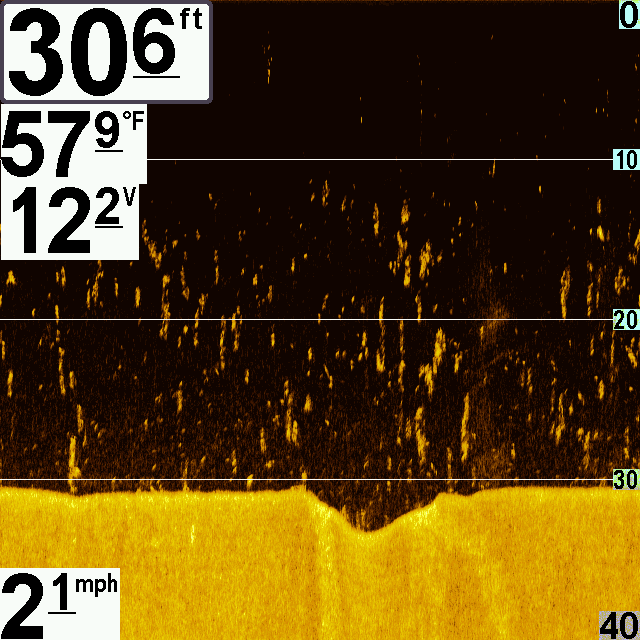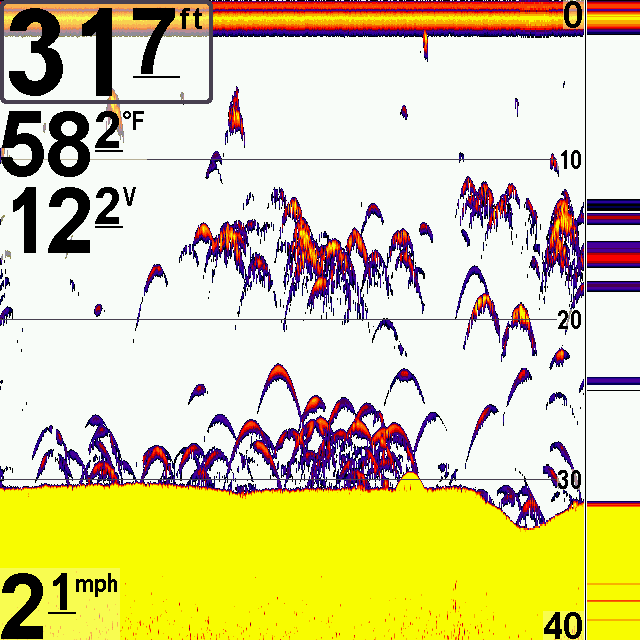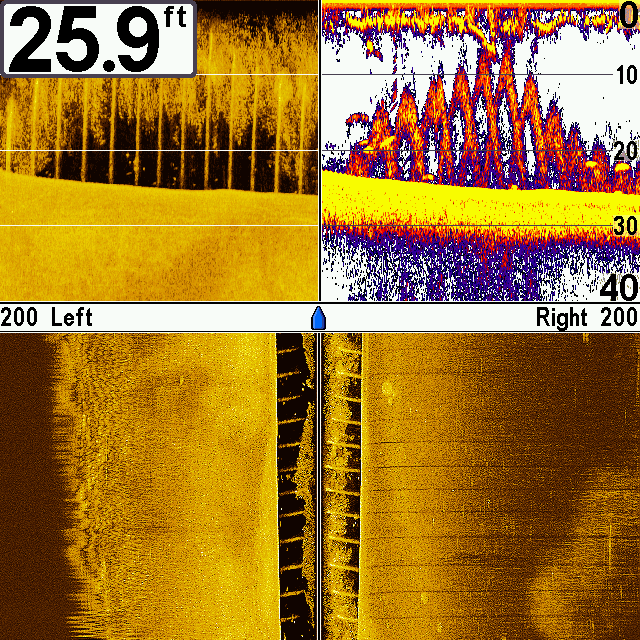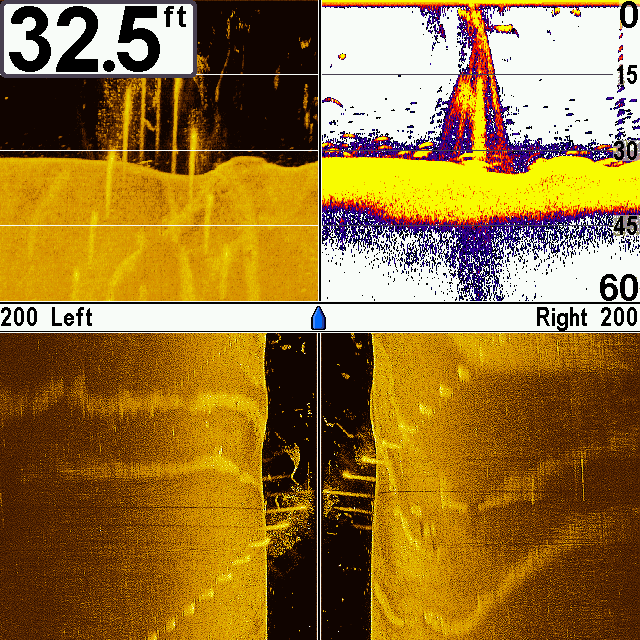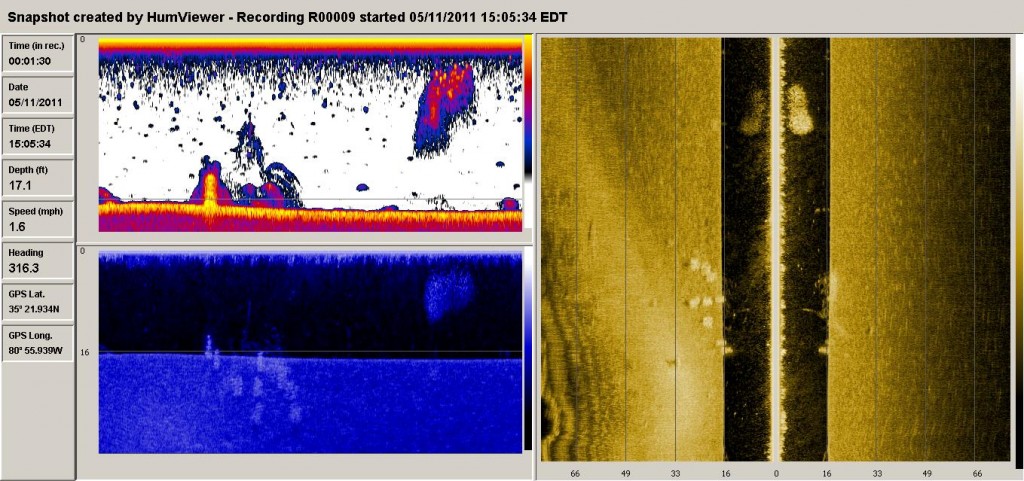Format: Strictly Catch-Photograph-Release. Unique identifiers will be provided at the beginning of all events and must be clearly visible in submitted photographs. All fish must be photographed within minutes of catching and immediately released upon photographing. Winners will be determined solely on total length of all fish caught by each angler. Ties will be remedied by length of largest fish submitted by the tied anglers, then coin toss if a tie persists.
Measurement: Any commercial bump-board/ruler designed specifically to measure fish may be used so long as it measures in 1/2 inch increments. Fish are measured rounding DOWN to the closest 1/2 inch.
Photography: A bona-fied camera (NOT PHONE) must be used for all photos. Fish must be photographed with the nose/lip touching the front of the ruler at the left (Zero Inches), and the tail flat against the ruler’s surface at the right. All photographs must be taken overhead, perpendicular to the fish, aimed at the center of the lateral line with the dorsal fin facing up. Only photographs taken the day of the event are permitted to be in the memory of the camera. The lure that caught the fish does not need to be pictured. Be sure to charge the camera before the event.
Catch Limits: Aside from the species targeted at the event, there are no catch limits. Only one photograph per fish may be submitted but you may submit photographs of as many fish as you can catch.
Sign In and Blast Off: Sign In / Blast Off time will be announced prior to the start of the event (posted with the general event information). You must be at the launch area AT LEAST 30 minutes prior to blast off time to sign your waiver, submit your entry fee and draw an identifier. Upon arrival at the launch area, go immediately to the tournament table and complete the paperwork. Unless otherwise arranged, anyone arriving at the launch to sign in less than 30 minutes prior to blast off will be penalized 1 inch per minute, up to 10 minutes (disqualification). Boat launch order will be in first-come-first-launch order (DO NOT DILLY-DALLY). Once in the water, stay out of the way of the launch and other boaters. Blast off will be 1 vessel at a time every 20 seconds in order of identifier card drawn.
Prefishing: Prefish all you want but not the date of the event. Early prefishing on the same date before blast off is not allowed and boats launched before signing in will be disqualified.
Size-Up (Weigh In): Time for Size-Up will be announced prior to the start of the event (posted with the general event information). Photographs may be submitted up to an hour prior to Size-Up, but Size-Up time marks the absolute end (NOT THE BEGINNING) of photograph submission. You must have your boat on a trailer or in/on/near your vehicle AND have your vehicle parked and out of the way before you may submit your photographs. You must have your photographs culled and ready for submission before approaching the table for Size-Up. A late penalty of 1 inch per minute will be imposed on stragglers, up to 10 minutes (disqualification).
Vessels: Any vessel may be used so long as it is not propelled using combustion during an event. Gas engines may be installed (ie: bassboat) but must remain off and in full up-tilted position throughout the event. Use of a gasoline engine will result in immediate disqualification. The only exception to this rule is for a medical emergency.
Boating and Safety Equipment: All vessels must be in full compliance with applicable state and local laws. Appropriate safety equipment must be on board at all times. You may use any conventional boating, navigation and sonar equipment so long as it is legal, safe, generally non-controversial and is not known to harm fish.
Livewell and Hatches: All livewells, coolers and hatches must be inspected prior to launching.
Towing: Towing is not permitted and will result in immediate disqualification. The only exception to this rule is for a bona-fied medical emergency.
Communication: For safety reasons, you are required to carry either a mobile phone or VHF radio to participate and provide the contact information at sign-in.
Fishing Equipment and Methods: All conventional “hook and line” fishing methods that are safe, legal and generally non-controversial may be used. No method may be used that is known to harm fish or pose a danger to the environment or other anglers. All legal live/organic or artificial bait may be used. Attractants may be used so long as they’re either commercially manufactured or pre-approved by the Tournament Director.
Sportsmanship: A family atmosphere is expected and un-sportsman-like conduct or methods will not be tolerated. If you think ANY boating or fishing equipment you plan to use, or any method you plan to implement might be reasonably questioned by another angler, it’s best to have it approved by the Tournament Director in advance (better yet, don’t do it at all). Likewise if you observe any questional equipment or tactic in use, it should be reported immediately to the Tournament Director. The Tournament Director reserves the right to immediately disqualify any unsafe, illegal, immoral or otherise unsavory conduct. At no time will alcohol or drug use be allowed at an event, and suspicion of alcohol or drug use before or during the event will result in immediate qualification.
100-Yard Rule: Share the water. Attempt to maintain a distance of at least 100 yards from other anglers as a courtesy. If you are friends with those in close proximity, distance is up to you but do not crowd those who are working hard to catch fish. While we all have holes we’d like to claim, competitive fishing is on a first-come-first-serve basis. If someone’s in the area you want to fish, find somewhere else to be until they’re done. If you feel you’re being crowded, respectfully ask the encroaching angler to move. In no instance will sabatoge of a fishing area be tolerated.
Launch Area Conduct: We are guests of the launch area. All due respect should be paid to other boaters and other unrelated access area traffic. Every effort must be made to prevent complaints from anyone not involved with our events. Tow vehicles and trailers should be parked as far away from the ramp as possible to allow others reasonable access. Sportsman-like behavior must be exhibited at the launch area.
Waiver / Hold Harmless: You may not participate in the event until a waiver / hold-harmless agreement has been executed. Waivers will be available at sign-in.
Entry fees / Payout / Prizes: Entry fees, payout schedule and/or prizes will be announced prior to the start of the event (posted with the general event information).
Big Fish Pot: All anglers are invited to participate in the optional Big Fish Pot. Very simply, the longest fish caught by a participating angler during the event takes 100% of the pot as determined by the Measurement rule described above. Entry fee to participate in the Big Fish Pot will be announced prior to the start of the event (posted with the general event information).


